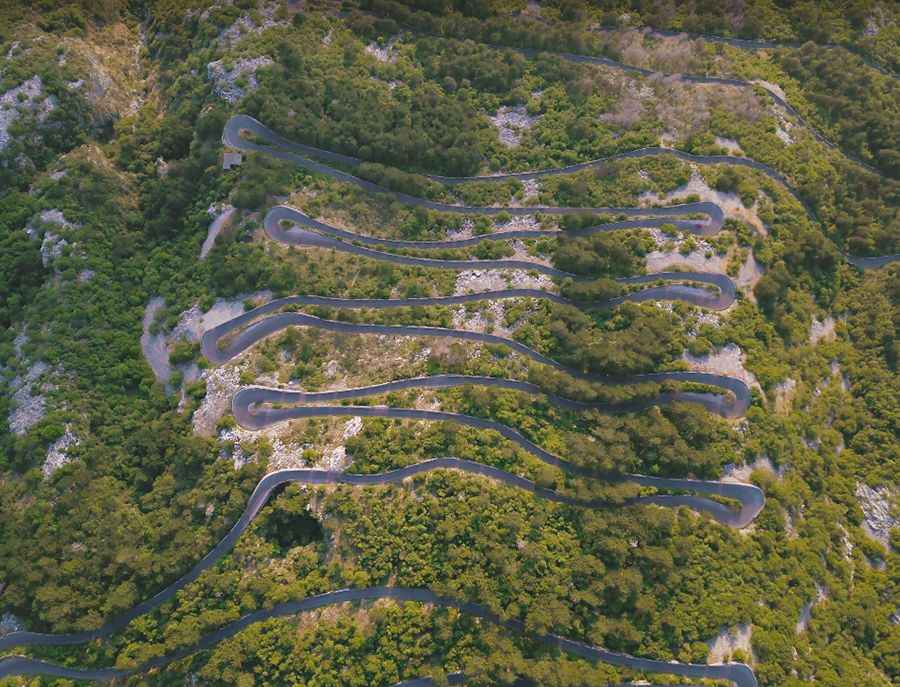Experience the Thrills of R1: Montenegro's Scenic and Hairpinned Road from Cetinje to Kotor
R-1 regional road is a thrillingly curvy road located in the southern part of Montenegro, near the Adriatic coast, running from Cetinje to Kotor. It’s one of the most famous hairpinned roads in the world.

How long is the road from Cetinje to Kotor?
The road, known as the Cetinje to Kotor Panoramic Road, is fully paved. It stretches 36.3 km (22.55 miles), winding from the fields of Cetinje (a treasure of Montenegrin cultural and historical heritage) at the base of the Lovcen mountain to Kotor (a city of traders and famous sailors, with many stories to tell and one of Montenegro's most beautiful bays). The Old City of Kotor, on Montenegro’s Adriatic coast, is a well-preserved urbanization typical of the Middle Ages, built between the 12th and 14th centuries.
When was the road from Cetinje to Kotor built?
The road follows an old caravan trail dating back to Roman times. In the 1880s, a wagon route was carved from the mountainside, and in 1897, the Austrians built the road.
Is the road from Cetinje to Kotor scary?
The road is mostly a narrow one-lane road offering stunning views of Kotor from above through 30 hairpin turns. This narrow switchback road can be treacherous. With inward-leaning concrete barriers on one side and jagged rock on the other, multiple vehicles may have to reverse their way back up the road when meeting a bus or construction vehicle coming the other way.
What is the Kotor Serpentine?
The most famous section of the road is called Kotor Serpentine: an 8.3km (5.15 miles) long stretch, quite steep, with 16 hairpin turns. Along this section, the road starts at an elevation of 458m above sea level and ends at 881m. Over this distance, the elevation gain is 423 meters. The average percentage is 5.09%.
How long does it take to drive the road from Cetinje to Kotor?
Tucked away in Lovcen National Park, plan 1.3 hours to complete the drive one way. The road is very curvy with a pleasant ascent and nearly no traffic. The views are spectacular, and particularly the morning light gives this landscape an indescribable touch. This road has been featured on Top Gear and high-end auto commercials. It offers great views of Boka Bay.
Pic: Artur Nowak